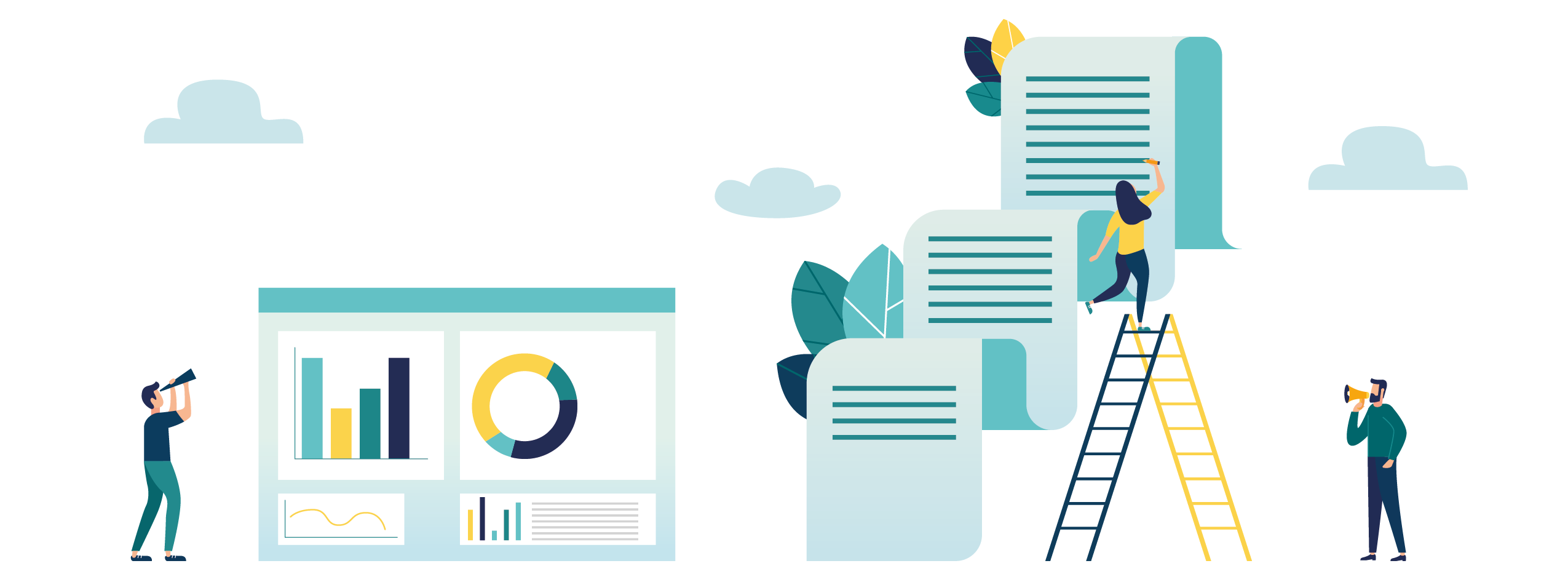Utilities may choose from a variety of special programs to offer their customers. However, it is important to know the characteristics of each one and analyze the needs of the community to provide them with the right programs.
 Utilities can use specialized programs to provide better services to their customers and reduce operational costs, all while adjusting to the new era of environmental awareness. There are numerous special programs to implement in a utility. In some cases, they are incentivized by the government, while in others, they are their own initiatives. Some are designed to help elderly customers, while others are there to help low-income customers.
Utilities can use specialized programs to provide better services to their customers and reduce operational costs, all while adjusting to the new era of environmental awareness. There are numerous special programs to implement in a utility. In some cases, they are incentivized by the government, while in others, they are their own initiatives. Some are designed to help elderly customers, while others are there to help low-income customers.
Utilities must understand some aspects of these programs, such as the difference between the most popular special programs in North America, the benefits they bring for service providers and customers, and an overview of each special program to help determine the right one for their company and community. The following list provides all this information and more:
1. Budget Billing

- What it is: These programs allow customers to have a leveled billing amount. This is achieved by averaging a customer’s bills and flattening out the peaks and valleys. At the end of the year, utilities will balance-out the total consumption and the bills paid throughout the year to find the amount owed by each party.
- Who may enroll: Customers affected by seasonal spikes in their utility bills.
- Utility benefits: Since budget billing makes it easier for customers to keep up with their payments, it ensures a better revenue stream. As a result, this program helps utilities avoid painful collection processes.
- Customer benefits: This is extremely beneficial to customers as they can enjoy peace of mind in the summer and winter months when utility bills usually peak.
2. Energy Savings Assistance Programs (ASAP)

- What it is: This program, also known as rebates, helps customers bring down their energy consumption levels. Customers enrolling in these programs get a visit from an expert to evaluate their home for poor insulation or devices that may be consuming too much. Customers are informed and, in some cases, assisted in resolving the issues found in the inspection.
- Who may enroll: Customers with unusually high bills that wish to reduce their energy usage.
- Utility benefits: By informing and assisting customers on how to reduce their energy usage, utility companies increase customer loyalty.
- Customer Benefits: Greater energy efficiency, which translates into lower bills.
3. Medical Programs

- What it is: There are two main types of medical programs: medical alerts and medical assistance programs.
Medical alerts require the utility to warn customers connected to live-sustaining devices before making a planned interruption. Medical assistance programs take into consideration the extra energy consumption of these devices and lower the rate at which these customers are charged.
Regardless of the type of medical programs customers apply for, they must submit a legal certification of their condition and, in some cases, list the devices connected. - Who may enroll: Customers with a certified condition that require them to use life-sustaining equipment.
- Utility benefits: With medical alert programs, utilities have the potential to save lives. Additionally, these companies can reduce the probability of being sued in the unfortunate case that a customer’s well-being is compromised by a planned interruption. Furthermore, with medical assistance programs, utilities portray a more caring side, increasing customer loyalty.
- Customer benefits: With medical alerts, customers with special needs will get a heads-up before intentional interruptions. This allows them to make the necessary adjustments to guarantee their wellbeing. Medical assistance programs give customers peace of mind, knowing that their bill will not increase significantly.
4. Net Energy Metering (PV excess generation)

- What it is: With this program, customers with photovoltaic systems installed on their premises are reimbursed for the excess electricity (kWh) generated and injected into the grid.
- Who may enroll: Customers able to inject electricity into the grid, also known as prosumers, may enroll in this program. Excess electricity is generated by on-premise energy generation systems, usually photovoltaic panels.
- Utility benefits: By allowing customers to produce energy on their premises, utilities can reduce operational costs and avoid unnecessary network capacity increases.
- Customer benefits: Help the environment and save money on their bills.
5. Charitable Contribution Programs

- What it is: These programs allow customers to donate to their preferred charity organization. The donations can be made as a one-time or recurrent payment and are added to the utility bill.
- Who may enroll: Any customer that wishes to donate through their utility bill.
- Utility benefits: Giving customers the option to easily donate improves customer experience.
- Customer benefits: Customers can easily contribute to their favorite charity right from their utility bill, without the need of making additional transactions.
6. Priority Customer Programs

- What it is: These types of programs allow customers to register as priority customers. These customers include the utility itself, hospitals, and other consumers who provide key services to the community. These customers are prioritized in the event of an outage.
- Who may enroll: Customers who provide vital services to the community.
- Utility benefits: Having a detailed and clear list of customers that must be reconnected first in an unplanned event, empowers utilities to better respond in the event of an outage.
- Customer benefits: Customers marked as a priority are guaranteed a faster reconnection in the event of an outage.
These special programs have different rates of adoption in the USA. For example, in 2019, Washington took 172 actions linked to distributed solar policy and rate design(1). These actions were directly connected to the Net Energy Metering (PV excess generation) program. Energy Savings Assistance Programs are also being widely adopted; as of 2019, 25 states have mandatory statewide energy efficiency resource standards, six of them plus Washington DC have active goals.(2)
All in all, there are many special programs out there for service providers to implement. Although some may be more popular than others, each program has its specific goals of helping utilities and customers. Likewise, some programs are needed to support regulations while others are offered to provide benefits. However, regardless of the reason behind implementing a special program, companies must rely on the right technological tools to be able to pass these benefits on to their community, providing a headache-free way of enrolling in and managing these programs.
Learn how to keep up to date with these new and upcoming trends:
(1) DSIRE. (2019). 50 States of Solar. https://static1.squarespace.com/static/5ac5143f9d5abb8923a86849/t/5d3787a2914fef0001f64a2d/1563920295159/Q2_19_SolarExecSummary_Final.pdf
(2) DSIRE. (2019). Energy Efficiency Resource Standards. https://s3.amazonaws.com/ncsolarcen-prod/wp-content/uploads/2019/07/Energy-Efficiency-Resource-Standards.pdf







